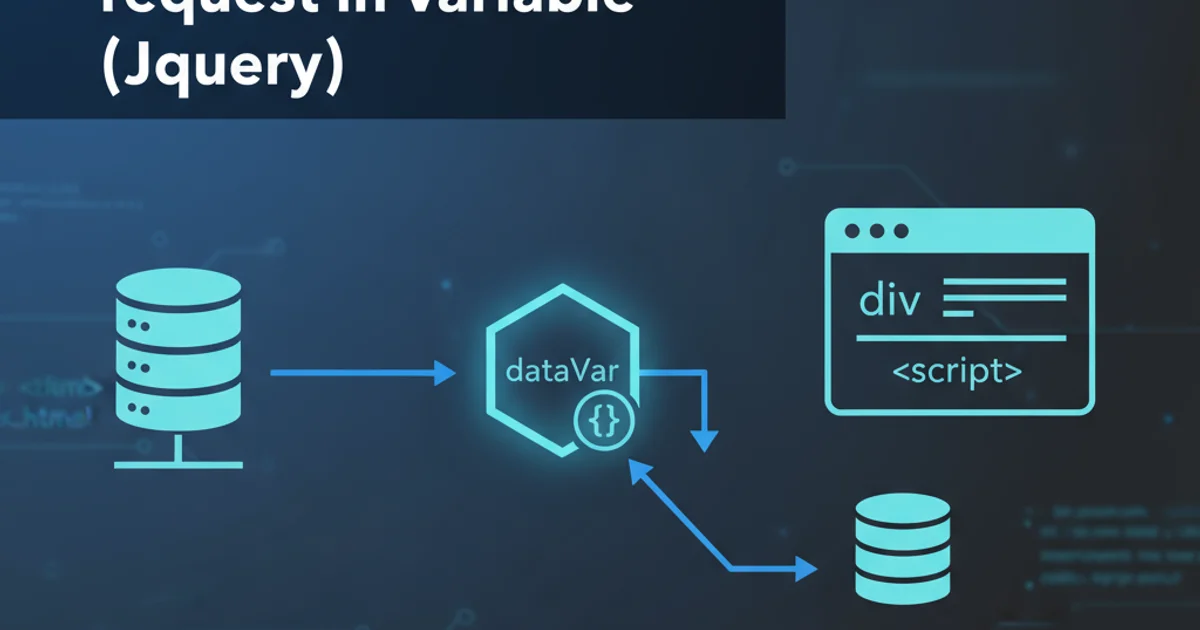are there dictionaries in javascript like python?
Categories:
JavaScript Objects: The Equivalent of Python Dictionaries

Explore how JavaScript's object and Map types provide similar functionality to Python's dictionaries, covering creation, access, iteration, and common operations.
Developers coming from Python often look for a direct equivalent to its versatile dict (dictionary) type in JavaScript. While JavaScript doesn't have a data structure explicitly named 'dictionary,' its Object type and the more modern Map object serve this purpose effectively. This article will guide you through understanding and utilizing these JavaScript constructs to manage key-value pairs, much like you would with Python dictionaries.
Understanding JavaScript Objects as Dictionaries
In JavaScript, a plain Object is the most common way to store collections of key-value pairs. Keys are typically strings (or Symbols), and values can be any data type. This behavior closely mirrors Python's dictionaries, where keys are unique and map to specific values. Objects are fundamental to JavaScript and are used extensively for data representation.
// Creating a JavaScript object (like a Python dictionary)
const person = {
name: 'Alice',
age: 30,
city: 'New York'
};
// Accessing values
console.log(person.name); // Output: Alice
console.log(person['age']); // Output: 30
// Adding or updating values
person.occupation = 'Engineer';
person['age'] = 31;
// Deleting a property
delete person.city;
console.log(person);
Basic operations with JavaScript objects
name: 'Alice'), they are internally converted to strings. If your key contains special characters or spaces, you must use quotes (e.g., 'first name': 'Bob') and access it using bracket notation (person['first name']).Introducing the JavaScript Map Object
For scenarios requiring more robust key-value storage, especially when keys might not be strings or when order of insertion matters, JavaScript provides the Map object. Introduced in ES6, Map offers several advantages over plain objects for dictionary-like use cases:
- Any value as a key: Unlike objects,
Mapallows keys of any data type (objects, functions, numbers, etc.), not just strings or Symbols. - Order of insertion:
Mappreserves the order of key-value pairs as they were inserted. - Performance: For frequent additions and deletions of key-value pairs,
Mapcan offer better performance. - Size property:
Maphas asizeproperty that directly returns the number of key-value pairs, unlike objects where you'd have to iterate or useObject.keys().length.
// Creating a new Map
const myMap = new Map();
// Setting key-value pairs
myMap.set('name', 'Bob');
myMap.set(1, 'One');
const objKey = { id: 1 };
myMap.set(objKey, 'An object as a key');
// Getting values
console.log(myMap.get('name')); // Output: Bob
console.log(myMap.get(1)); // Output: One
console.log(myMap.get(objKey)); // Output: An object as a key
// Checking for a key
console.log(myMap.has('name')); // Output: true
// Deleting a key-value pair
myMap.delete(1);
// Getting the size
console.log(myMap.size); // Output: 2
// Iterating over a Map
for (const [key, value] of myMap) {
console.log(`${key}: ${value}`);
}
Working with the JavaScript Map object
flowchart TD
A[Python Dictionary] --> B{Key-Value Storage}
B --> C[JavaScript Object]
B --> D[JavaScript Map]
C --"String/Symbol Keys"--> E[Unordered, Basic Use]
D --"Any Type Keys"--> F[Ordered, Advanced Use]
E --"`obj.key` or `obj['key']`"--> G[Access]
F --"`map.get(key)`"--> G
G --> H[Data Retrieval]Conceptual comparison of Python dictionaries, JavaScript objects, and Maps
When to Use Objects vs. Maps
Choosing between a plain Object and a Map depends on your specific needs:
Use
Objectwhen:- You need a simple collection of named data, where keys are known strings at design time (e.g., configuration settings, user profiles).
- You're using JSON for data exchange, as JSON natively supports objects.
- You need to access properties frequently using dot notation (
obj.property). - You're dealing with inheritance and prototypes.
Use
Mapwhen:- You need to store key-value pairs where keys can be non-string data types (e.g., DOM elements, other objects).
- The order of insertion of elements is important.
- You frequently add or remove key-value pairs.
- You need to easily get the size of the collection.
- You want to avoid potential key collisions with
Object's prototype chain.
Object properties, you typically use for...in loops (which can iterate over inherited properties, so use hasOwnProperty check) or Object.keys(), Object.values(), or Object.entries() methods. Map objects are directly iterable using for...of.Python Dictionary
Creating a dictionary
my_dict = { 'name': 'Charlie', 'age': 25, 'is_student': True }
Accessing values
print(my_dict['name'])
Adding/updating
my_dict['city'] = 'London'
Iterating
for key, value in my_dict.items(): print(f"{key}: {value}")
JavaScript Object
// Creating an object const myObject = { name: 'Charlie', age: 25, isStudent: true };
// Accessing values console.log(myObject.name);
// Adding/updating myObject.city = 'London';
// Iterating
for (const key in myObject) {
if (myObject.hasOwnProperty(key)) {
console.log(${key}: ${myObject[key]});
}
}
JavaScript Map
// Creating a Map const myMap = new Map([ ['name', 'Charlie'], ['age', 25], ['isStudent', true] ]);
// Accessing values console.log(myMap.get('name'));
// Adding/updating myMap.set('city', 'London');
// Iterating
for (const [key, value] of myMap) {
console.log(${key}: ${value});
}